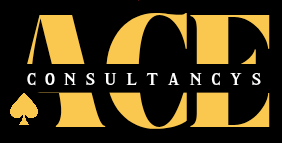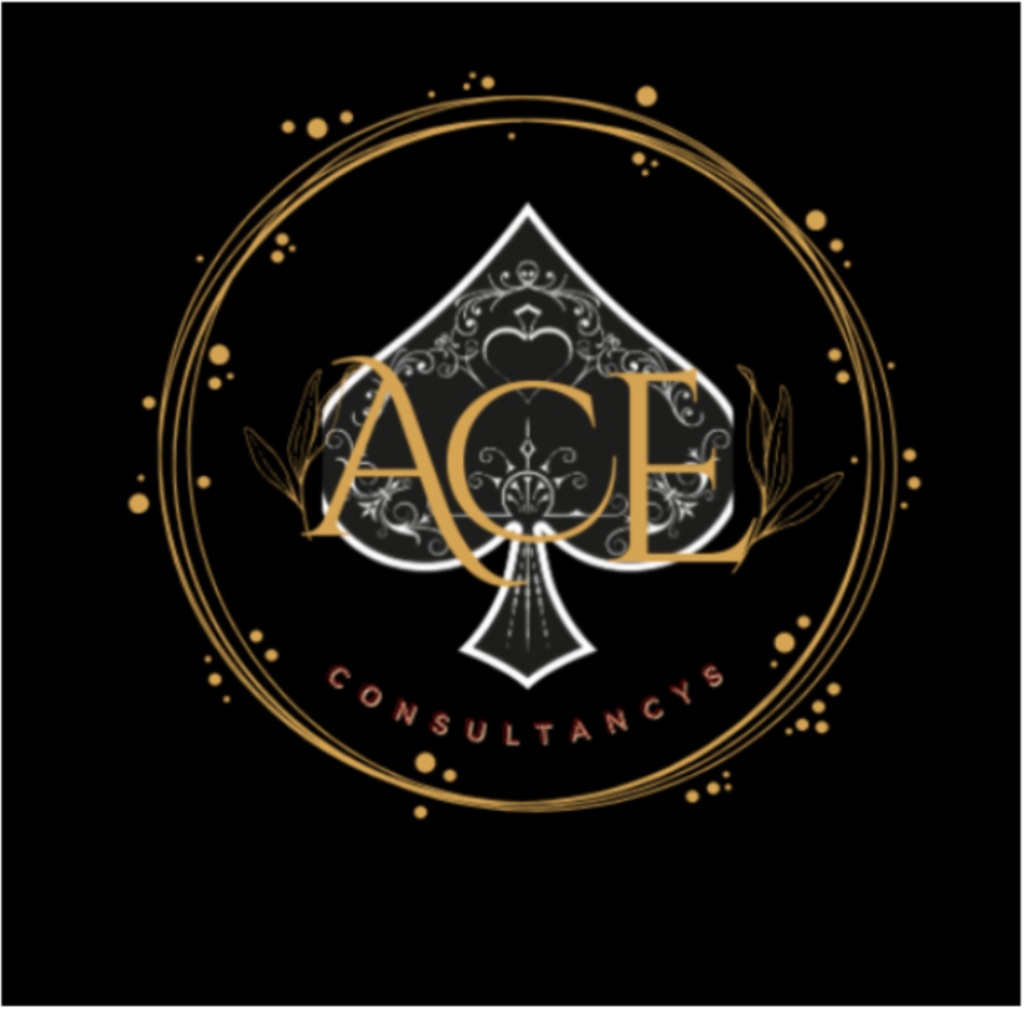Introduction
In the competitive landscape of modern sales, handling objections during a sales call effectively can be the decisive factor between closing a deal and losing a potential customer. Sales professionals encounter objections in approximately 64% of all sales interactions, making objection handling a critical skill that directly impacts revenue generation and business growth (Gong.io, 2023). Mastering how to handle objections during a sales call isn’t just about having quick responses; it’s about understanding customer concerns, addressing them authentically, and guiding prospects toward solutions that genuinely meet their needs. This comprehensive guide explores proven strategies, psychological insights, and practical techniques that will transform your approach to objection handling and significantly boost your conversion rates.
Understanding the Psychology Behind Sales Objections
Before diving into specific strategies for handling objections during a sales call, it’s essential to understand why prospects raise objections in the first place. Research from Harvard Business Review indicates that 78% of objections stem not from disinterest, but from uncertainty and the need for more information (Harvard Business Review, 2022). Objections are rarely outright rejections—they’re requests for clarification, expressions of concerns, or signals that you haven’t yet established sufficient value.
When a prospect objects, they’re actually engaging with your proposal, which means they’re invested enough to voice concerns rather than politely ending the conversation. According to a study by Sales Insights Lab, salespeople who view objections as opportunities rather than obstacles achieve 31% higher close rates than their counterparts (Sales Insights Lab, 2023). This mindset shift is the first crucial step in mastering objection handling.
Preparing for Objections Before They Arise
The most effective approach to handling objections during a sales call begins long before the objection is raised. Proactive preparation is the foundation of successful objection management. First, compile a comprehensive list of common objections specific to your product, service, and industry. Sales teams that document and prepare responses to common objections experience a 26% improvement in objection resolution success rates (Salesforce Research, 2024).
Next, develop thoughtful, value-focused responses to each potential objection. These shouldn’t be rigid scripts but rather flexible frameworks that you can customize to each prospect’s unique situation. Role-playing exercises with colleagues can dramatically improve your confidence and agility when facing unexpected objections. Companies that incorporate regular role-playing sessions into their sales training report 43% higher objection handling proficiency among their sales teams (Rain Group, 2023).
Key Strategies for Handling Objections During a Sales Call
The Listen-Acknowledge-Respond Framework
When an objection arises during a sales call, resist the urge to jump immediately to counterarguments. Instead, employ the Listen-Acknowledge-Respond framework. Start by listening completely to understand the full scope of the concern. Research shows that salespeople who listen actively and allow prospects to fully express their objections are 2.3 times more likely to successfully address those objections (Chorus.ai, 2023).
Next, acknowledge the validity of the concern to demonstrate respect for the prospect’s perspective. Use phrases like “I understand why that would be important to you” or “That’s a legitimate concern many of our now-satisfied customers initially shared.” Finally, respond with relevant information, evidence, or alternatives that specifically address the objection while reinforcing the value proposition of your offering.
Converting Price Objections to Value Discussions
Price objections are among the most common challenges when handling objections during a sales call. According to research by RAIN Group, price is mentioned as the primary objection in 48% of stalled deals (RAIN Group, 2024). The key to overcoming price objections is reframing the conversation around value rather than cost.
When a prospect objects to price, avoid immediate discounting, which can devalue your offering. Instead, revisit the specific benefits that are most relevant to the prospect’s situation and quantify the return on investment whenever possible. Focus on opportunity costs, operational savings, or revenue enhancement that your solution provides. This value-based approach has been shown to reduce price sensitivity by up to 36% when executed effectively (ValueSelling Associates, 2023).
Leveraging Social Proof to Disarm Objections
One of the most powerful tools for handling objections during a sales call is strategic use of social proof. When faced with skepticism about claims, implementation concerns, or risk-related objections, relevant case studies, testimonials, and success metrics from similar clients can be extraordinarily persuasive.
Prepare industry-specific and segment-relevant examples that closely match your prospect’s situation. Research indicates that sales professionals who incorporate contextually relevant social proof when addressing objections achieve a 41% higher objection-to-resolution conversion rate (Gong.io, 2024). The specificity and relevance of your examples are crucial—generic references to unnamed “satisfied customers” lack credibility and persuasive power.
Advanced Techniques for Persistent Objections
Even with thorough preparation and solid initial responses, some objections require more sophisticated handling. For persistent objections, consider employing the “feel, felt, found” technique: “I understand how you feel, others have felt the same way, but here’s what they found after working with us.” This approach acknowledges the objection while gently shifting perspective through shared experiences.
Another effective strategy is the “isolate and eliminate” method. When facing multiple objections, ask: “If we could satisfactorily address this specific concern, would you be ready to move forward?” This helps identify whether you’re dealing with a genuine objection or a polite stalling tactic. According to sales research, 67% of stated objections aren’t the actual reasons prospects hesitate to purchase (Sandler Training, 2023).
Conclusion
Effectively handling objections during a sales call is both an art and a science that can dramatically impact your sales performance. By understanding the psychological underpinnings of objections, preparing thoroughly, implementing structured frameworks, and mastering advanced techniques, you can transform challenging conversations into opportunities for deeper engagement and higher conversion rates.
Remember that objection handling isn’t about “winning” an argument—it’s about collaboratively exploring concerns and providing genuine solutions. The most successful sales professionals approach objections with curiosity rather than defensiveness, viewing them as valuable feedback that helps refine their approach and better serve their prospects’ needs. By incorporating these strategies into your sales approach, you’ll not only close more deals but also build stronger, more trusting relationships with your customers.
What strategies have you found most effective when handling objections during sales calls? We’d love to hear about your experiences and insights in the comments section below. If you found this article helpful, please share it with your colleagues and sales network on LinkedIn, Twitter, or other social platforms!
FAQ
How do I handle the “I need to think about it” objection?
When prospects say they need time, acknowledge their caution while uncovering the real hesitation by asking: “What specific aspects do you need to consider?” Then address those specific concerns and suggest a concrete next step with a defined timeframe.
What’s the best response to “Your competitor offers a lower price”?
Avoid criticizing competitors. Instead, acknowledge the price difference and pivot to your unique value proposition: “While our solution may require a higher investment, our clients typically see 30% faster implementation and superior ongoing support.”
How can I overcome the “now is not a good time” objection?
Ask about their current priorities and challenges, then show how your solution addresses these immediate needs. Quantify the cost of delay and offer a phased implementation approach that aligns with their timeline.
What should I do when a prospect becomes silent after an objection?
Don’t rush to fill the silence. Count to five, then ask an open-ended question like: “What are your thoughts on what we’ve discussed?” This encourages them to reveal their true concerns and continue the conversation.
Read More – https://aceconsultancys.com/crm-implementation-mistakes/










